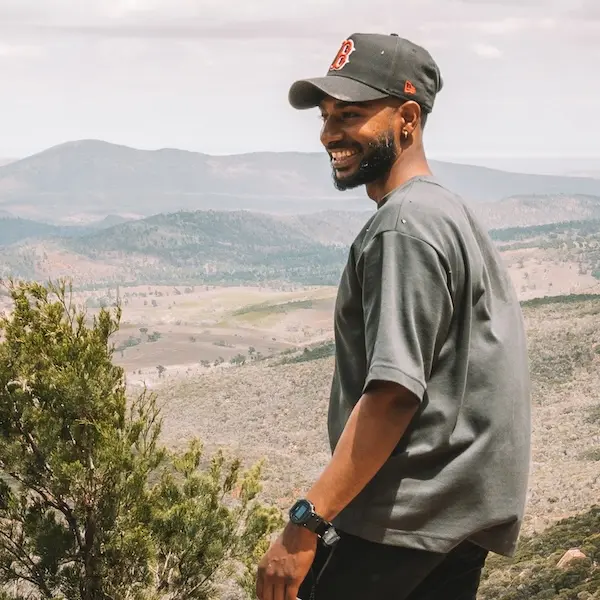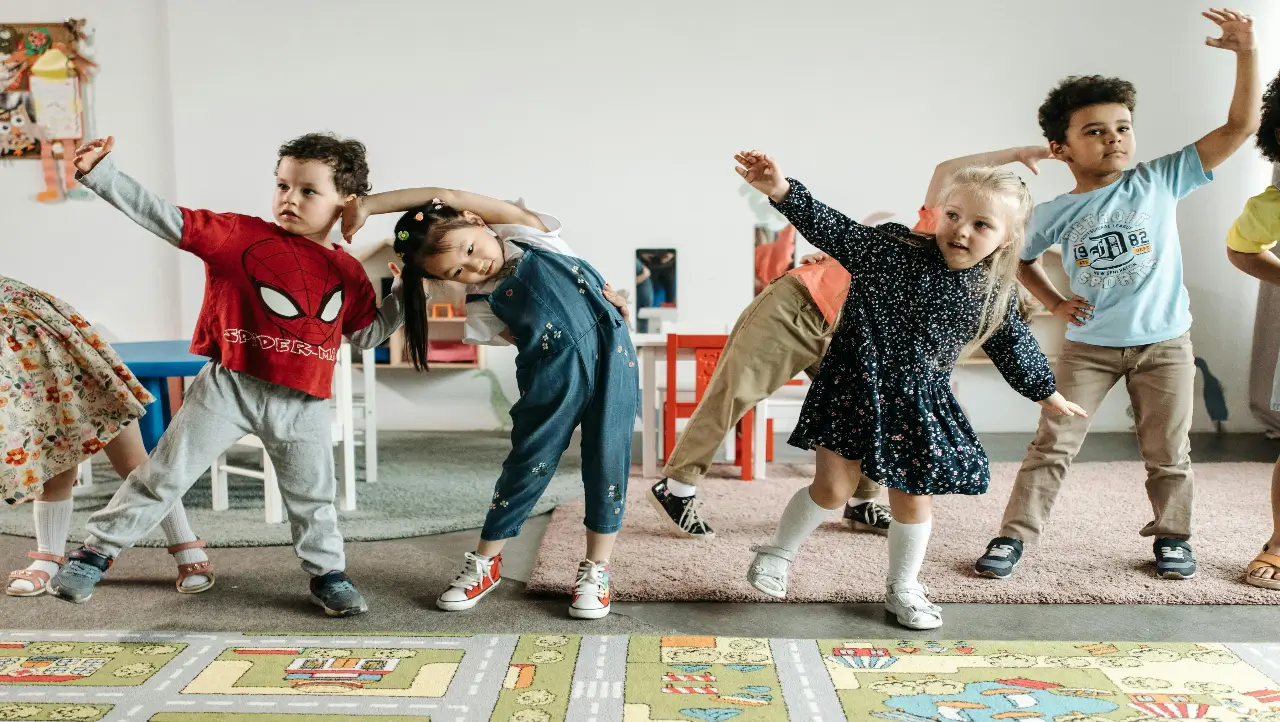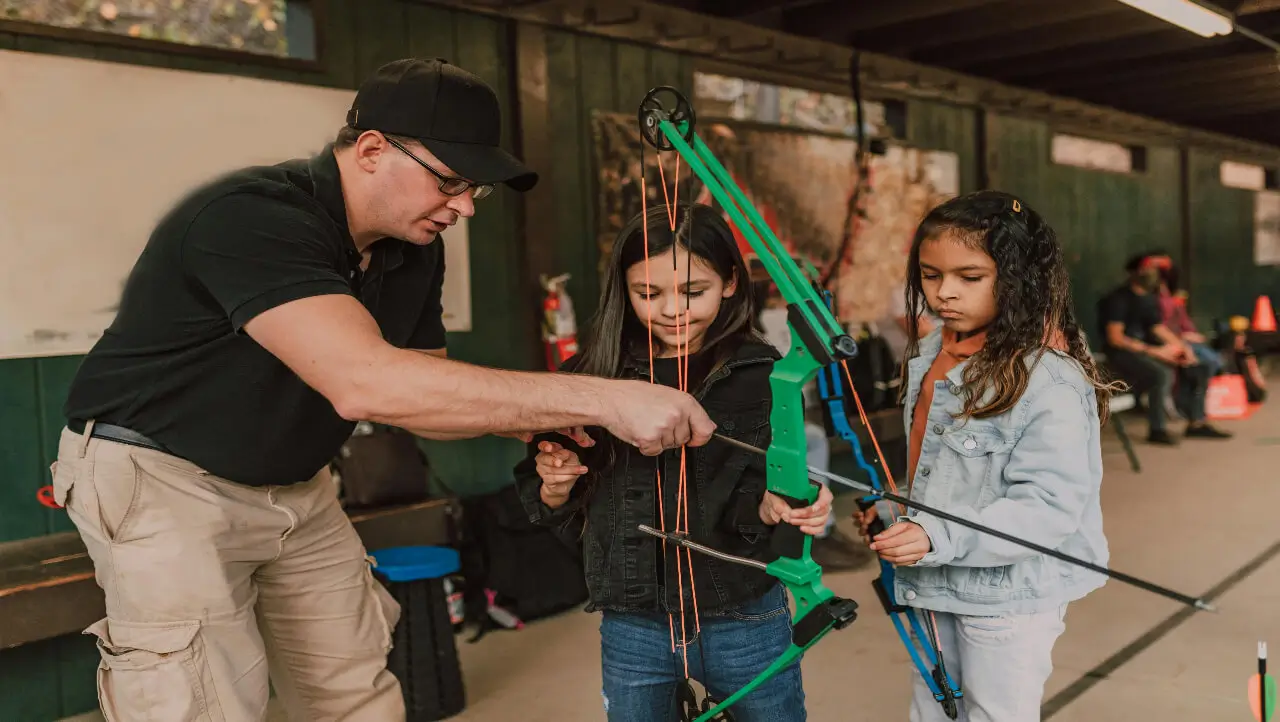How To Motivate Students To Participate?
May 12, 2024


Kas
We need to think about participation differently.
Physical education is a very well-liked subject for most students across every age. Although, like anything in life it may not be for everyone. There are always a handful of students who need a little extra support to be motivated to participate in HPE lessons. This is actually quite normal as students generally need to be motivated to undertake learning in all subject areas at some point in time. What is important that we need to consider, is that we motivate students in a way that develops intrinsic motivation towards out subject area and does not force them to develop negative connotations to physical activity. If we do this, this can create long-term negative outlooks on being physically active which can result in creating unhealthy young people down the track.
In teaching both primary and high school, I have realised that this can be attributed to a wide range of issues. It could be due to students having low self-esteem, an undisclosed injury, low self-efficacy in their abilities, social issues within the classroom or prior bad experiences in the P.E subject area. This is understandable as the P.E. environment is one where at times we feel like we are on display in front of our peers…. This can be a scary thing even as an adult. As these issues vary and each one has to be dealt with accordingly, this article is not something that can provide a comprehensive guide to solve all student issues…… BUT:
We will discuss three non-conventional ideas you can implement as an educator which will enhance your P.E. lessons and increase participation.

If you have a particularly interesting situation or a very challenging dilemma when it comes to student participation in your lesson, please contact me directly and I will be more than happy to provide some practical solutions.
Time Is Key
What’s the rush?
As P.E. teacher it is important that we think holistically about our subject area. The strategies and methods we use to teach our students need to be carefully considered to ensure the implications of our teaching methods do not lead our students to have a negative view on health and fitness. Our goal should be to create physically aware and competent students who will continue to participate in physical activity long after they leave school. What we teach our students will linger with them for life, their experiences in our P.E lessons will shape their views on physical activity.
So what does this mean for teachers?….
We should not force students to participate if they are extremely resistant to take part in a sport or activity. There will be times when some students will need some strong encouragement but the students who are really hesitant, we need to ensure we are not forcing them or giving them strict ultimatums to make them participate. Forcing a student to participate may work in the short term, but doing so will likely prevent long term participation and potentially diminish your relationship with that student.
Being forced to do something you don’t like in an environment where your flaws are displayed in front of your peers can create a large amount of anxiety for students thus repeatedly forcing students to be in this situation will create long term negative views on physical education as a whole.
High Anxiety Levels in PE Classes: Research by Morgan, T. (1997) found that approximately 10-20% of students experience high levels of anxiety specifically related to physical education classes. This anxiety can stem from various factors including fear of embarrassment, performance pressure, and negative past experiences.
Gender Differences in PE Anxiety: A study by Greenleaf, C., Petrie, T., & Martin, S. (2014) revealed that female students tend to experience higher levels of anxiety in PE compared to male students. This gender disparity in anxiety levels may be influenced by social factors, body image concerns, and perceived expectations regarding physical performance.

There will be lessons where you may allow a student to just watch the lesson with you, or help you referee games rather than participate themselves. This is more than okay!
This takes a gentler approach into participation without creating anxiety in the student and throwing them straight into the action. When a student observes a lesson with me, I point out things that highlight the learning or our topic focus and engage the student in discussion about the learning outcomes. When the students verbally express some fantastic thoughts, I remember it, and share it in front of the class, highlighting this student’s knowledge and great ideas. This indirectly builds confidence in the student and creates more reason for them to participate and discuss what they see. Keeping them engaged as there is an incentive to do so, this is how an observational lesson should be used.
What should not be done is to have a student watch the lesson for the sake of it. This does not allow students to engage in the learning and re-enforces bad habits and running the risk of that student thinking they can get out of P.E lessons. This also provides no entry point for the student to participate at a later point in the term.
Letting students participate in alternative ways such as observing and discussing will mean looking at the situation from the perspective of building trust with that student first so you can be in a place to encourage participation later. Play the long game, it will work - trust me. Eventually you will get through to that student.
In time all students participate eventually…..
A student coming to a lesson time after time and watching the rest of their classmates having fun, gets boring really quickly for them.
In order for this to work, the students who choose not to participate in the class activity or any offered alternative will then need to sit down and watch the lesson to ensure they are not missing out on their learning. Do not provide students with time to complete other work, activities of their choice or lead students to believe that they can come to P.E and dictate what they get to do. Doing this will not support the student in developing confidence as a student in the P.E domain.
Take Aways:
- Participation may take time, that is okay
- Never force, play the long game
- Remain firm boundaries, not free time
- Dialogue and discussion is important in students that observe
- Build confidence indirectly through reinforcement
Student-Centred Approach
A very effective way I have found to motivate my students is to provide them with autonomy of what they learn and have them regularly involved in the decision-making process of their own learning. Autonomy is a very important factor when developing intrinsic motivation and there is much evidence explaining why this is. Autonomy in P.E. can be provided in many ways, regardless of how you do it, it should be done and students should be aware and involved in the direction of their learning.
As teachers, we are bound by the curriculum and topics that need to be covered. Whilst there are constraints on how we plan and assess, we can still co-construct learning experiences with our students if we think creatively and are open to releasing the reins slightly.
A personal example of what I do:
I provide students with a range of topics that need to be covered in the semester and let them decide on the order when they are taught and what particular games are included. It is important that you don’t completely release this process to the students but allow them to provide direction and essentially have a say in the process.
For example, we may need to cover the following topics in the semester:
- Invasion Games
- Sports Day preparation
- Athletics
- Striking and fielding sports
The class will then decide which topics they would like to cover first and which ones they would like to learn at a later stage. This allows students to buy into the learning taking place and provides transparency in what they will cover for the semester.
If you need to cover a topic of ‘Invasion Games’, instead of picking a particular activity or sport, why not have all the different options available for students to select? Ultimately it does not matter which particular activities or games they select as the skills being taught apply to all of those activities as they will all be invasion-style games. This provides students with autonomy and supports the co-construction of your lessons. I have done this countless times and it has worked very successfully- in Australia, it can be related into much of the curriculum for a range of year levels. Here are some quick examples:
- ACARA V9 (Year 3/4): Modifying physical activities to ensure that everyone is included, such as changing equipment, rules or playing space
- ACARA V9 (Year 7/8) AC9HP8M09: Practise and apply leadership, collaboration and group decision-making processes when participating in a range of physical activities
A handy side note to this is that down the track if students have some apprehension to the sports you are doing, you can remind them it was the class who selected the activity! haha
Improved Motivation and Engagement: Research conducted by Deci and Ryan (2000) suggests that when students are given autonomy in their learning process, they tend to be more motivated and engaged. Autonomy allows students to take ownership of their learning journey, leading to increased interest and investment in the subject matter. For instance, a study by Patall, Cooper, and Robinson (2008) found that students who were given autonomy in choosing their assignments and learning tasks demonstrated higher levels of intrinsic motivation compared to those who were given no autonomy or limited autonomy.
****
Take Aways:
- Involve students in the learning process
- Co-construct learning with student guidance
- Student say is important and increase participation
Involvement Doesn’t Need To Mean Actively Involved
Another great way to encourage participation in HPE is to think about participation in a different way. At times teachers can get stuck with thinking the only way a student can participate is through being involved directly in the task. Learning can happen in many different ways. Similar to other subject areas, we may need to modify activities for specific students in order for them to engage in the lesson to accomodate their current emotional state.
Taking time to understand that students can involve themselves differently to their peers but still learn will take pressure of us as teacher to focus on one specific type of student participation whilst also allowing students to understands that they can still take part in the lesson without physically playing the game. Of course the long term goals is for the hesitant student to fully participate but taking time to work out how this student can access the learning will provide better outcomes for student and teacher.
The VARK model of learning breaks down the different ways students learn and can learn.
- Visual Learners: Visual learners prefer to see information presented in graphs, charts, diagrams, and other visual aids. They often benefit from watching videos, looking at pictures, and reading written material.
- Auditory Learners: Auditory learners learn best through listening. They prefer lectures, discussions, and verbal explanations. They may also benefit from using mnemonic devices, listening to podcasts, and participating in group discussions.
- Reading/Writing Learners: These learners excel when information is presented in written form. They prefer reading textbooks, taking notes, and writing essays. They often have strong reading comprehension skills and may benefit from creating written summaries or flashcards.
- Kinesthetic/Tactile Learners: Kinesthetic learners learn best through hands-on experiences and physical activities. They prefer to engage in experiments, role-playing, and interactive simulations. They may benefit from using manipulatives, conducting experiments, and participating in activities that involve movement.
It’s important to note that individuals often have a combination of these preferences rather than fitting neatly into one category.
Here are some ways you can involve students in the activity without their participation:
- Referee/ Umpire
- Team Coach (Provide tactical suggestions)
- Peer Assessor
- Providing feedback to the group on observations
Allowing students to participate in a different capacity to their peers can be the entry point for them to become involved in the lesson initially which will then down the track lead to further long-term participation. These strategies may reduce anxiety around P.E. lessons for students whilst allowing them to take part in the learning.
The strategies used are to encourage student involvement, which may mean taking small steps into joining the rest of the class.
Take Aways:
- Think of participation differently
- Provide small steps of participation before full participation
- Involve students in the lesson indirectly which will then allow direct participation down the track
- Co-construct how they want to participate
Helpful Resources:
- Fundamental Movement Skills: Flash Cards + Circuit
- Coloured Cones For Teaching P.E! (Amazon Link)
- Coloured Sit Spots for behaviour management! (Amazon)
- How to create a better work life balance?
- Why are minor games important for students to learn?
- Emotional Regulation Posters
- Assessments for P.E- Ready to go
- What are invasion games?
- First time teaching P.E? Heres where to start!
Sources:
- Morgan, T. (1997). Anxiety levels of high school students enrolled in selected physical education programs. Journal of Teaching in Physical Education, 16(1), 87-98.
- Greenleaf, C., Petrie, T., & Martin, S. (2014). Relationship of weight-based teasing and adolescents’ psychological well-being and physical health. Journal of School Health, 84(1), 49-55.
- https://vark-learn.com/introduction-to-vark/the-vark-modalities/